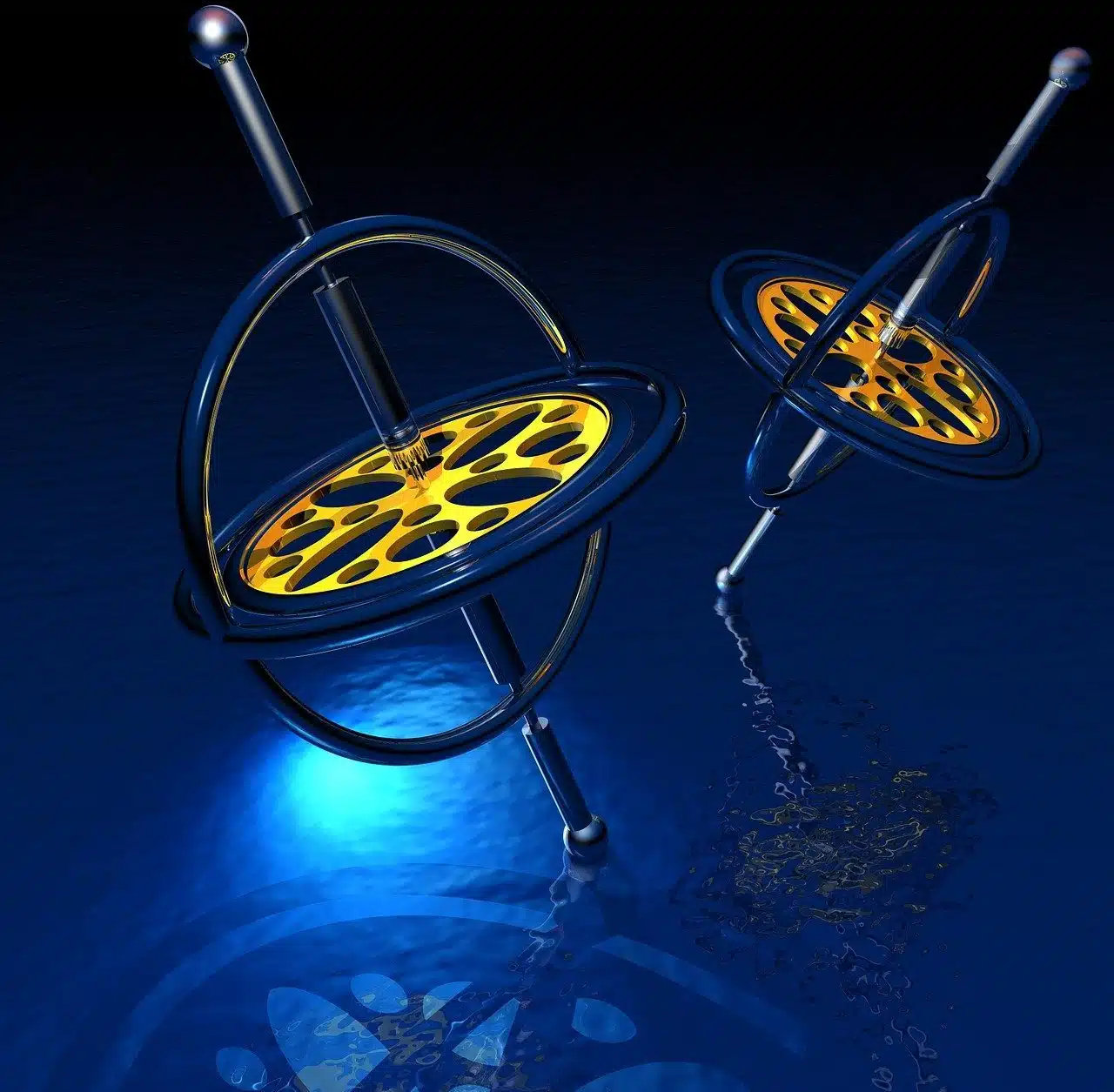
Centrifugal force is considered to be a sensation that accounts for a forceful push as a result of the inertia experienced by an object in a position of resistance in the face of a change in direction.
Centrifugal force is one of the fictitious forces that gains notoriety when, in the field of Newtonian or classical mechanics , reference is made to the movement evidenced by a certain body in the context of a rotating system (that is, of a reference frame not inertial ).
Before focusing on the particularities of this phenomenon, it is enriching to note that, according to the theoretical definition, centrifugal is defined as everything that tends to move away or flee from a center. Therefore, apparently, this force is characterized by causing an object or element to move away from the axis of rotation .
Nor should we overlook the existence of other fictitious forces essential for the adequate formulation of equations of motion linked to a rotating reference frame , such as the cases of the Euler force (which immortalizes the surname of the mathematician and physicist of Swiss nationality Leonhard Euler and has also been popularized as transversal or azimuthal acceleration ) and the Coriolis force (which owes its name to a mathematician and engineer of French origin called Gaspard-Gustave Coriolis , who presented it as a part that supplements centrifugal force in, for example, the gears of a device).
Characteristics of centrifugal force
The idea of centrifugal force was addressed by Christiaan Huygens , Isaac Newton , Robert Hooke and Gottfried Wilhelm Leibniz , among other scientists. Likewise, the approximation between this force and the gravitational forces led to the so-called equivalence principle included in the theory of general relativity .
According to experts, the centrifugal force does not appear when there is an inertial reference frame, but it does become evident in the case of a rotating (or rotating) frame, when it influences in an external direction and is proportional to both the distance that there is from the axis of rotation as the square of the rotation speed ( angular velocity ) associated with the frame and the mass.
It is interesting to discover that among the varieties that can be distinguished, the inertial centrifugal force and the reactive centrifugal force appear.

Due to centrifugal force, that which rotates tends to feel a push in a direction away from the axis of rotation.
Differences with centripetal force
It is quite common for the notions of centrifugal and centripetal to be confused at a general level. It is important to know, and keep in mind, that there are differences between the two.
The fictitious force called centrifugal , specifically, comes into play when a movement is described using a rotating reference system . The centripetal force , meanwhile, is a real force that is deployed in an inertial frame of reference, forcing a mobile (body or particle) to twist its trajectory following the direction set by the force in question.
If we focus our attention on uniform circular motion , specifically, we notice that the centripetal force is directed towards the central part of the circular path, being essential to change the direction of the particle that, if it does not have any force acting on it, then it would have a movement at constant speed and in a straight line. It is constructive to know that all curvilinear movements present a centripetal acceleration thanks to the aforementioned real force. A planet and a satellite, to describe a possibility that invites us to better understand what the centripetal force consists of, are held together thanks to it, which exerts a force of gravitational attraction between moving bodies.
Another issue to consider: since they do not coexist in an identical frame of reference, the phenomenon of action and reaction raised in the third of Newton's laws is not fulfilled with centrifugal and centripetal forces .

A mechanical device that allows the measurement or change of orientation/rotation of a moving vehicle is known as a gyroscope.
Examples of centrifugal force
In everyday life, as well as in very specific areas, multiple examples of practical application of centrifugal force come to light.
The infrastructure necessary for the circulation of high-speed trains requires that the curves of the lines have a greater radius of curvature compared to traditional ones in order to allow the units to cross the curved sections at high speed without this resulting in an increase in centrifugal force felt by users.
In the process of separating mixtures, similarly, centrifugal force is present when resorting to the technique called centrifugation . Centrifugal honey machinery, meanwhile, consists of extractors whose operation depends on centrifugal force .
When riding in racing vehicles , motorcycles or similar, it is necessary to pay attention to the centrifugal force since it affects the balance and stability of the means of transport.
If you look for more references, figure skating on ice , gyroscopes , tidal force and roller coasters appear as alternatives to take into account in relation to centrifugal force . Fishermen even benefit (even without knowing it) from centrifugal force because it is key to the operation of the reel brake.
